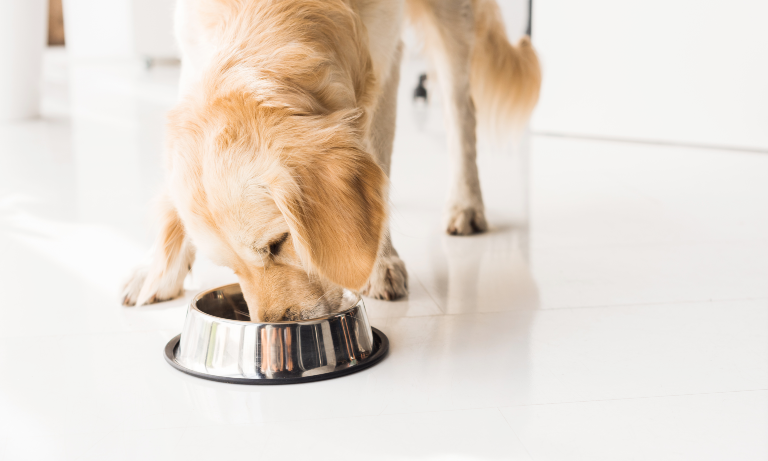The veterinary voice for animal welfare: reflecting on BVA’s updated Animal Welfare Strategy
11 Jul 2025
23 Oct 2024 | Lewis Grant
BVA recently launched their new Position on diet choices for cats and dogs, which included discussion of the health risks surrounding the feeding of raw meat. This practice has gained in popularity over the last few years, but not everyone understands why it can be risky. In this blog, Lewis Grant, Past President of the Veterinary Public Health Association, explains where these products are sourced from and how they are handled.

Legal safety requirements
In the UK, all animal products used for pet food must be fit for human consumption. All food animals arriving at an abattoir must be inspected prior to slaughter by official veterinarians (OVs), and the meat and offal they produce are inspected by Authorised Meat Inspectors. These inspections ensure all produce is fit for human consumption. The Food Standards Agency (FSA) is responsible for supervising these checks.
Animal products intended for human consumption must then be put in temperature controlled chillers, cooling them as quickly as possible (to below 7 degrees centigrade for carcases and 3 degrees centigrade for offal). These requirements are maintained during storage, transport, breaking down and packaging in cutting premises and then onto retail sale to the consumer.
How is meat intended for pet food handled?
Pet food is derived from meat or offal that has passed meat inspection, but is not intended for human consumption for commercial reasons. Examples include meat off-cuts, tripe, livers, lungs, hearts, udders, feet, and other products that are safe and nutritious, but less appealing to humans. These products are described as “Category 3 by-products” and will be stored in the abattoir or cutting premises before being sent to the animal feed producer.
Unfortunately there are no legal requirements regarding temperature or storage conditions other than a presumption that they are handled hygienically.
What hazards can arise with such raw product?
As described in the BVA Position on diet choices for cats and dogs, problems can arise when raw meat has not been hygienically handled, stored and transported at suitable temperatures to keep the product safe. As the food will not be cooked, any pathogenic and zoonotic bacteria that may be found on it will not be killed off. Examples of such bacteria would include E coli, Salmonella, Listeria, Campylobacter and even Clostridia. These bacteria can be spread in the home, on floors and hard surfaces and onto food intended for humans, so it is essential that pet owners are aware of the risks.
Advice to the pet owner
Personally, I would not be persuaded to feed my own dog or cat a raw meat diet, but I understand many owners will make a different choice. Here are my tips to help keep you and your pet safe if you do:
Get tailored news in your inbox and online, plus access to our journals, resources and support services, join the BVA.
Join Us Today